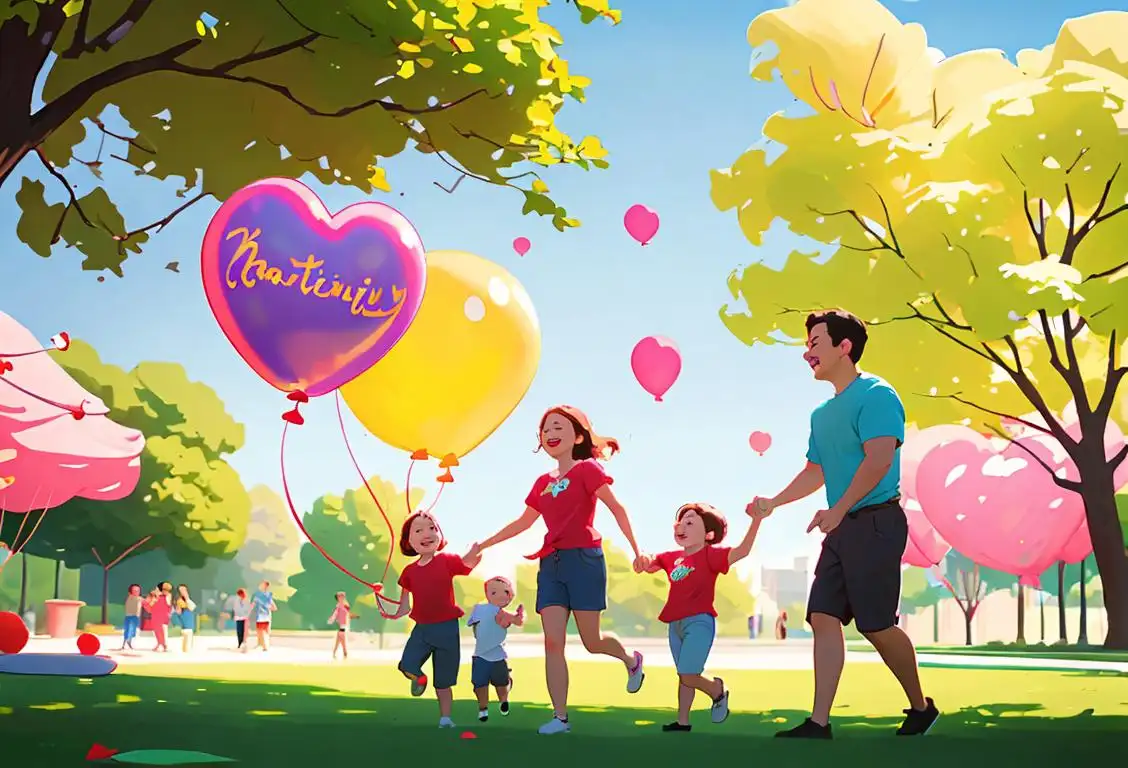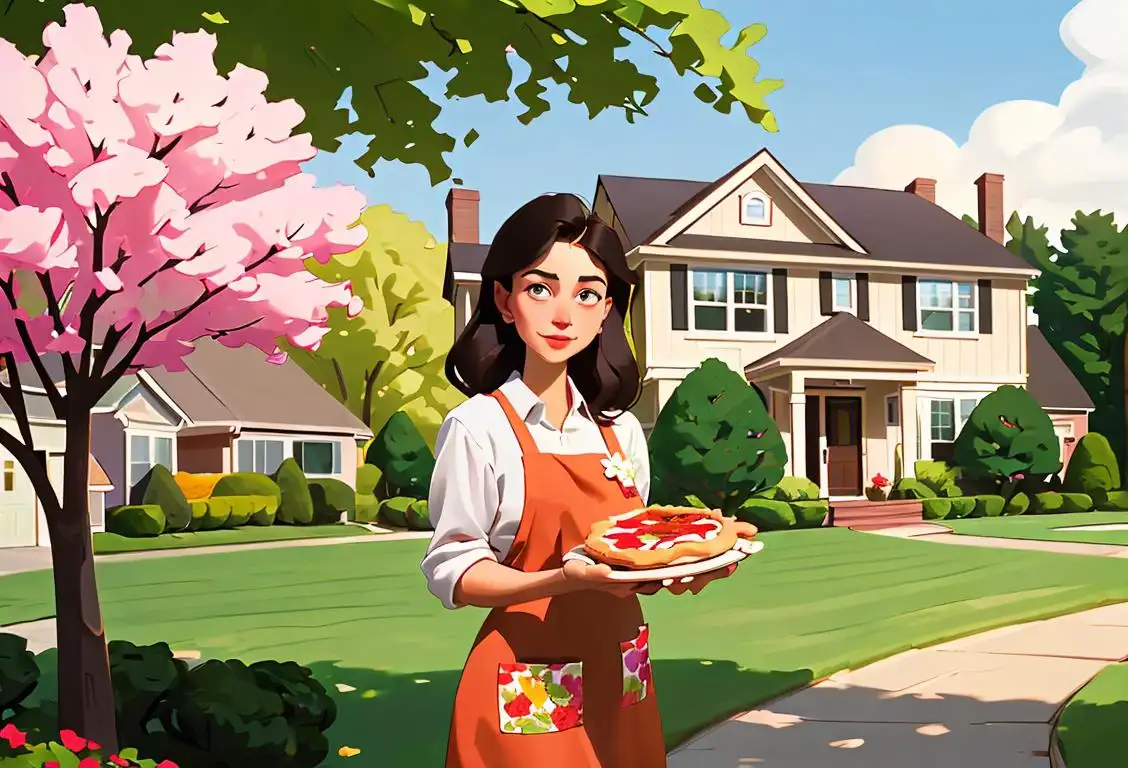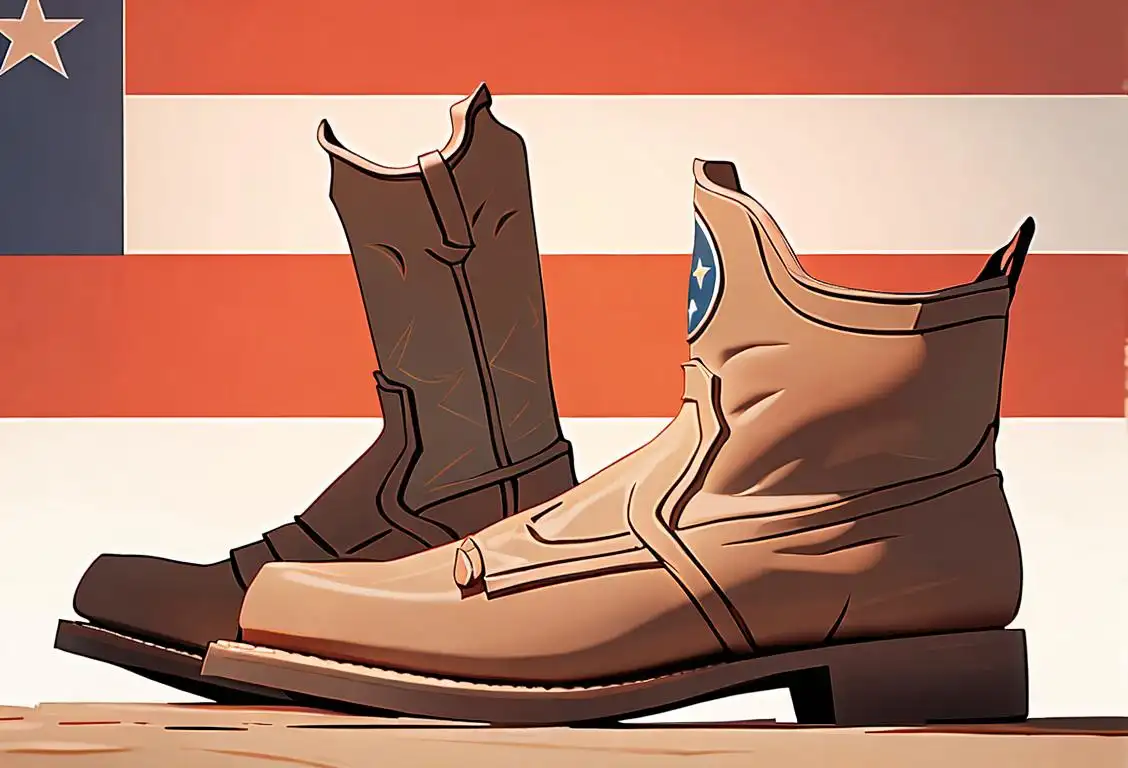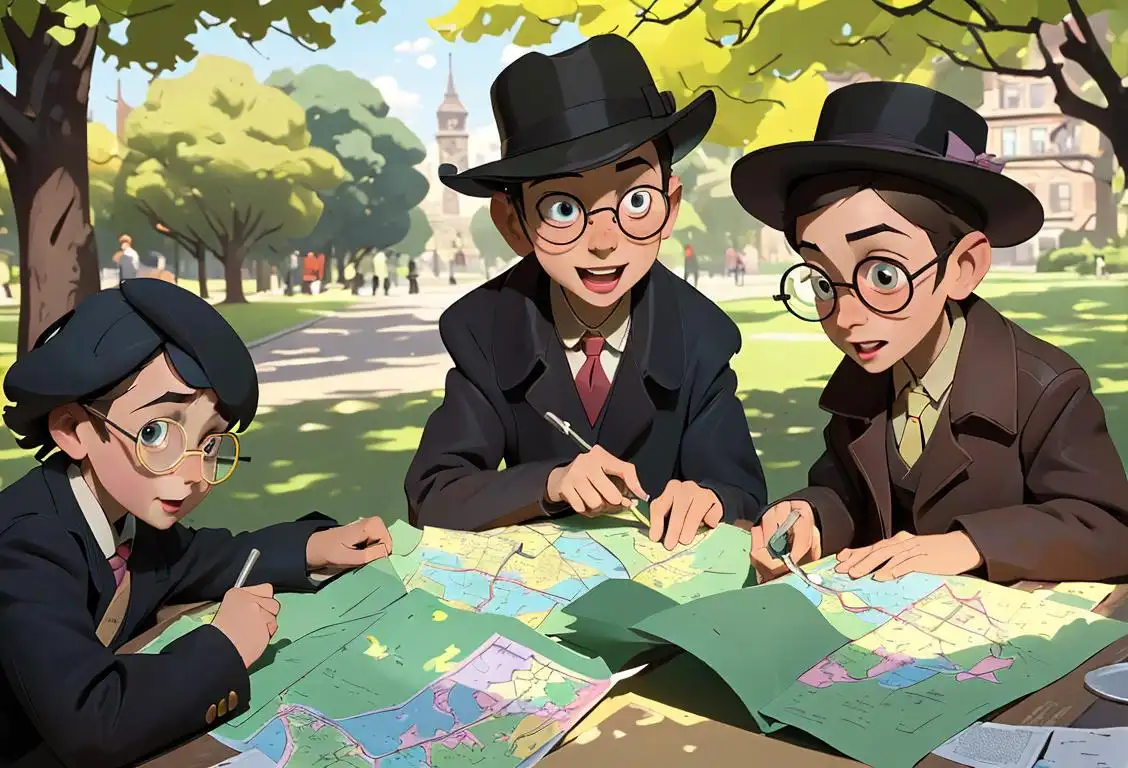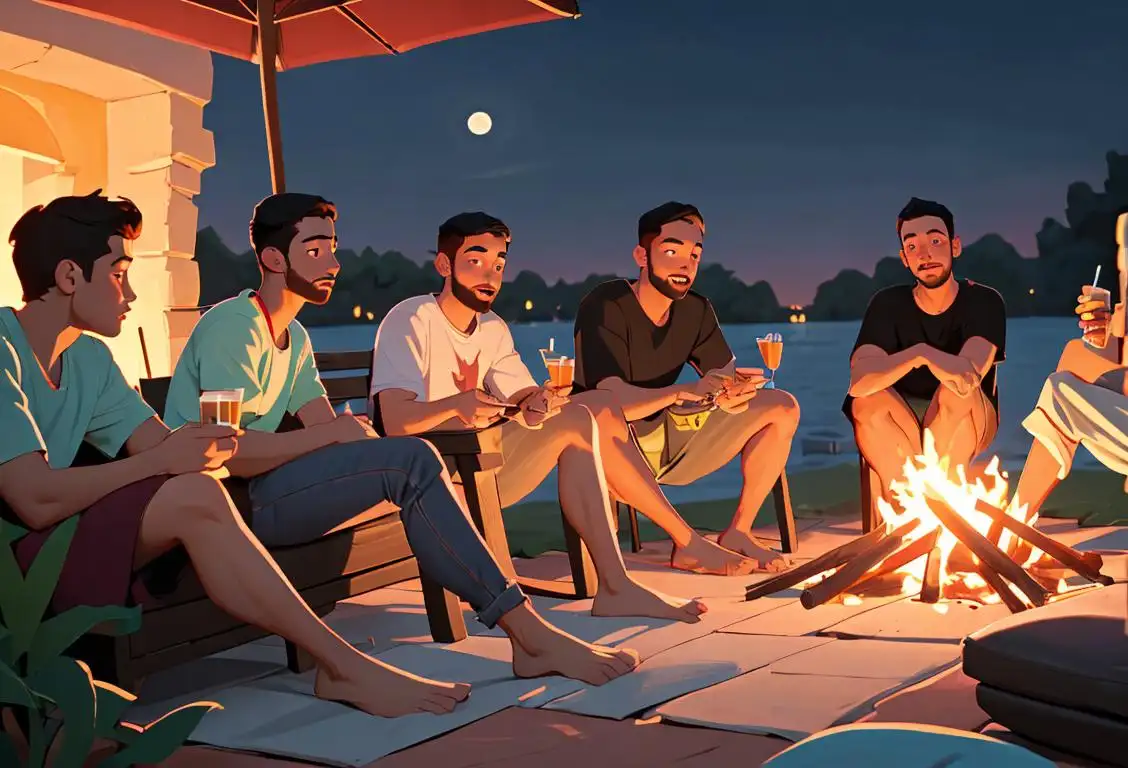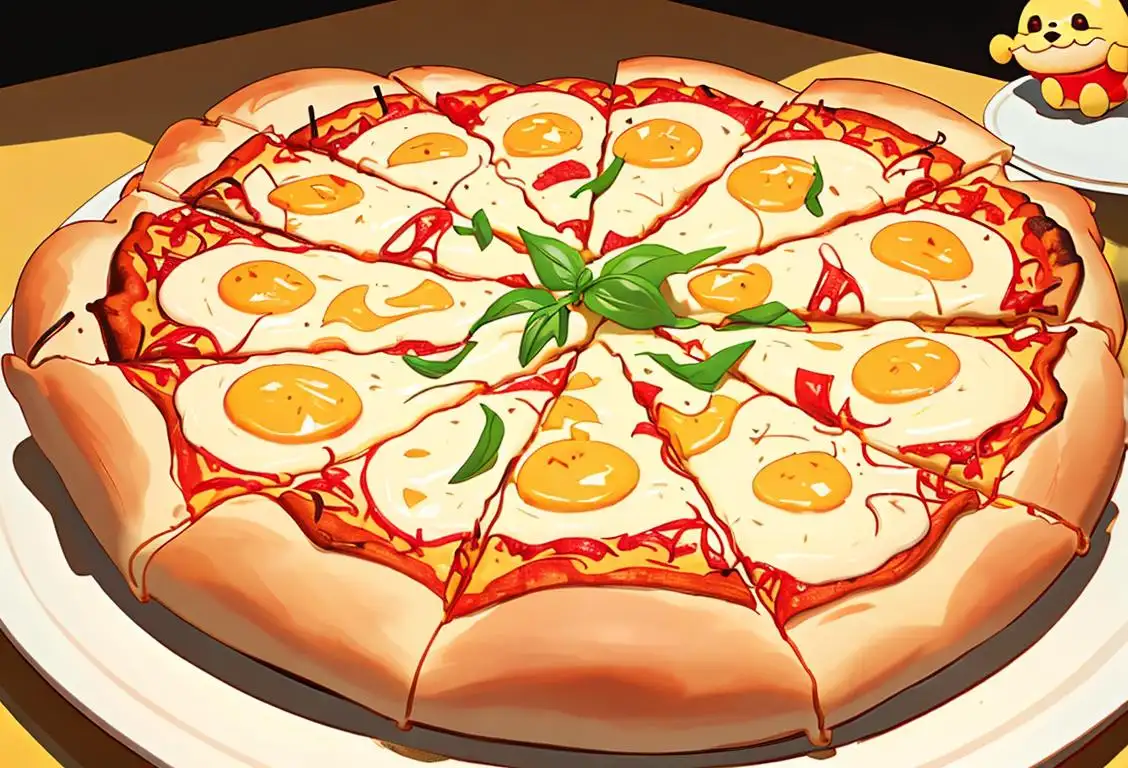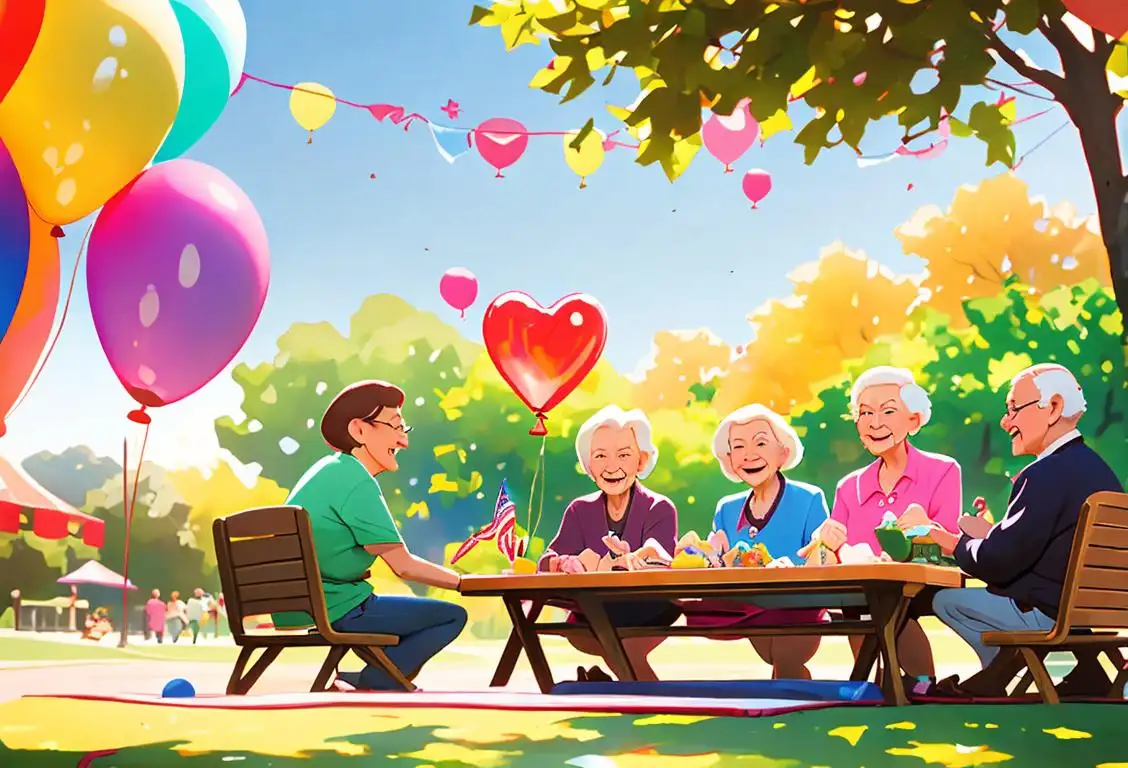National Neighborhood Day
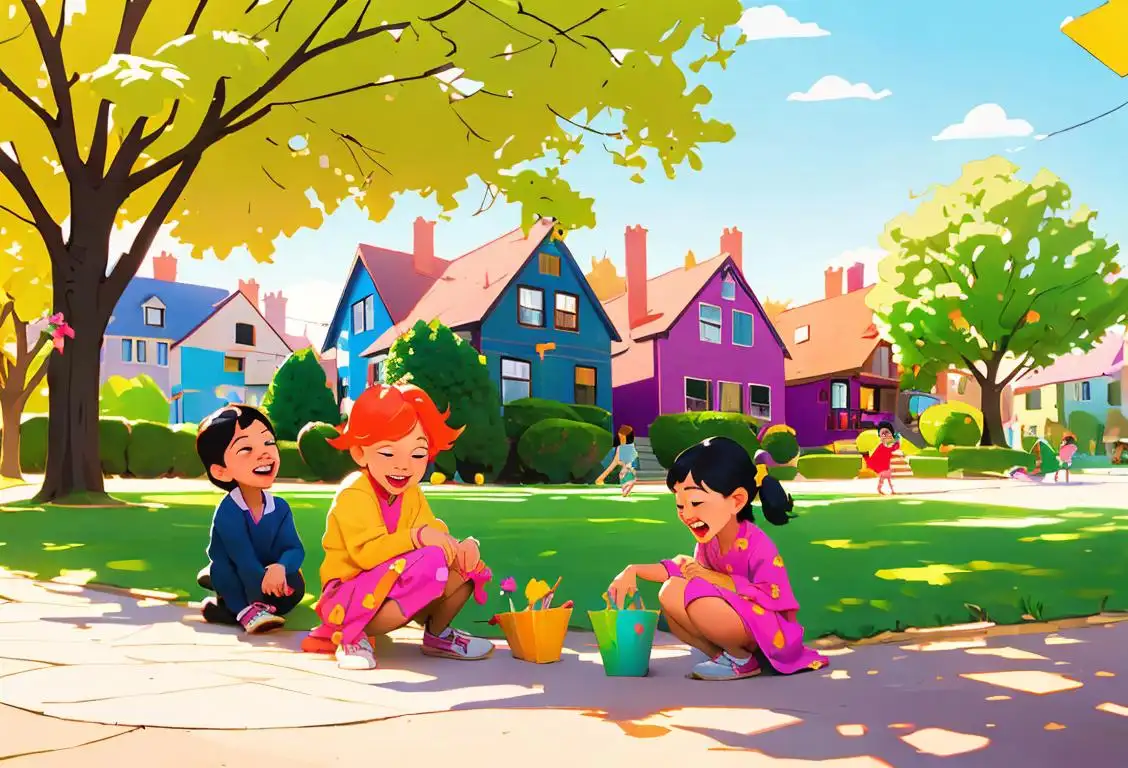
Hey there, neighbors! Get ready to celebrate National Neighborhood Day like it's a block party of epic proportions! We've got all the juicy details you need to soak up the neighborhood vibes, from the history of this special day to fun activities that will bring your community closer together.
When is Neighborhood Day?
It's national neighborhood day on the 16th September.
The Birth of National Neighborhood Day
Every year on September 16th, we honor the spirit of community, friendship, and belonging that make neighborhoods the heart and soul of our lives. National Neighborhood Day was first celebrated in 2016, and since then, it has become a much-anticipated occasion for people all around the country to come together and appreciate their local communities.
How to Celebrate
Whether you live in a bustling city or a cozy suburban street, National Neighborhood Day offers the perfect opportunity to show some love for your neighbors. Here are a few ideas to make this day extra special:
- Organize a neighborhood block party: Set up some tables, fire up the grill, and let the good times roll! Food, music, and great company will create memories that will last a lifetime.
- Start a community garden: Unleash your inner green thumb and create a beautiful space where neighbors can come together and grow veggies, flowers, and friendships.
- Host a game night: Gather your neighbors for a fun-filled evening of board games, card games, and endless laughter. Who knew Monopoly could be the ultimate bonding experience?
Bringing Back the Good Old Days
Remember those days when neighbors borrowed a cup of sugar, watched each other's houses while on vacation, and shared in the laughter and tears of everyday life? National Neighborhood Day aims to reignite that sense of togetherness and create a supportive environment that strengthens the bonds between neighbors.
Did You Know?
Did you know that neighborhoods have their own unique vibes and personalities? Just like each snowflake is different, each neighborhood has its own little quirks that make it special. So, embrace the chance to celebrate the beauty of your community and get to know your neighbors a little better.
History behind the term 'Neighborhood'
700s
Origins in Old English
The term 'neighborhood' finds its roots in Old English, specifically derived from the word 'neahgebūr', which combines 'neah' meaning 'nigh' or 'near' and 'gebūr' meaning 'dweller' or 'inhabitant'. The word referred to the people who lived near one another, indicating a physical proximity between individuals.
1300s
Expanding Concept in Medieval Times
During the Medieval period, the idea of neighborhood started to expand beyond just physical proximity. It began to encompass a sense of community and shared identity, where individuals supported and looked out for one another. The term was not only used to describe one's immediate surroundings but also the wider local area or village.
1600s
Urban Growth and Changing Meaning
As cities grew and urbanization took place, the concept of neighborhood evolved to reflect the changing dynamics of urban communities. It became more closely associated with a specific district or locality within a city. Neighborhoods started to develop unique characteristics, such as distinct cultural identities or socioeconomic differences.
1800s
Neighborhoods as Social Units
In the 19th century, neighborhoods played a vital role in the formation of social relationships and identity. They provided a sense of belonging and acted as social units, where individuals shared common amenities, customs, and traditions. Neighborhoods became important in shaping personal and community identities.
1900s
Modern Urban Planning
With the rise of modern urban planning, the concept of neighborhood gained increased attention. Planners recognized the importance of creating functional and cohesive neighborhoods with amenities such as parks, schools, and community centers. The focus shifted towards enhancing the physical environment and promoting social interactions within neighborhoods.
Present
Diverse and Vibrant Neighborhoods
Today, neighborhoods are incredibly diverse and vibrant. They are made up of people from various backgrounds, cultures, and socioeconomic statuses, shaping the multicultural fabric of cities. Neighborhoods continue to be important for fostering a sense of community, providing support systems, and creating a shared space for individuals to connect and thrive.
Did you know?
Did you know that neighborhoods have their own unique vibes and personalities? Just like each snowflake is different, each neighborhood has its own little quirks that make it special. So, embrace the chance to celebrate the beauty of your community and get to know your neighbors a little better.Tagged
fun loved ones community memories friendsFirst identified
9th May 2015Most mentioned on
16th September 2016Total mentions
151Other days
Neighborhood Day
Bonding Day
Neighbor Day
Texas Day
Scavenger Hunt Day
Chilling W Ur Boys Day
First Responders Day
Cheese Pizza Day
Prosecco Day
Senior Citizens Day
